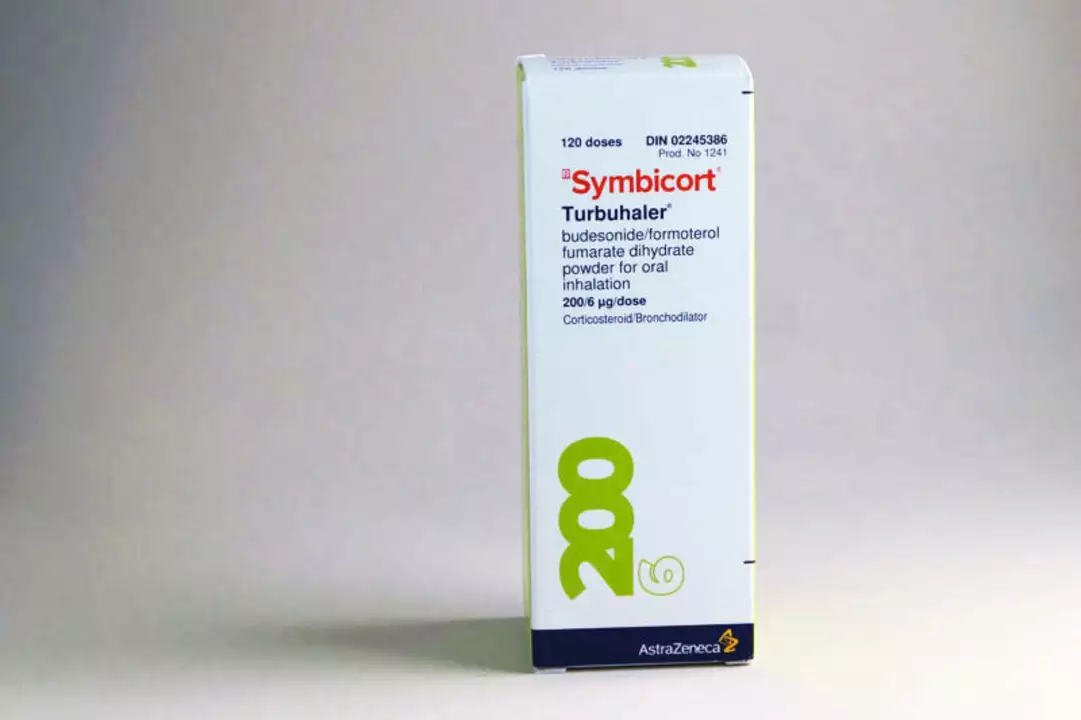Budesonide-formoterol is a combo inhaler used for long-term control of asthma and for some people with COPD. Budesonide calms airway inflammation. Formoterol opens the airways fast and lasts for hours. That mix means steadier control and, in some plans, you can also use the same inhaler as your reliever when symptoms flare.
Follow your prescriber's directions—doses vary by brand and condition. A common approach for adults with asthma is one or two inhalations twice daily for maintenance. Some doctors recommend budesonide-formoterol as both maintenance and reliever (called SMART), where you take extra puffs during early symptoms instead of a separate rescue inhaler. For COPD, it's usually a fixed maintenance dose twice daily.
Devices differ: some are pressurized MDIs, others are dry powder inhalers. Read the leaflet or ask your pharmacist which you have. If it’s an MDI, shake and prime as instructed. If it’s a DPI, keep it dry and don’t shake. Always check the dose counter so you don’t run out unexpectedly.
Rinse your mouth with water and spit after use to lower the chance of thrush and hoarseness. If you have trouble coordinating an MDI, use a spacer—the difference is real for getting medicine into your lungs. Keep a short-acting bronchodilator like salbutamol nearby for sudden severe breathlessness unless your doctor tells you otherwise.
Track how often you need extra puffs. Needing rescue treatment more often usually means your asthma isn’t controlled and you should contact your clinician. Don’t simply up your dose for long periods without medical advice.
Store the inhaler away from heat and moisture and check expiry dates. Carry a spare if you travel or have a busy schedule—running out at the wrong time is stressful and avoidable.
Common side effects are throat irritation, cough, mild tremor, or fast heartbeat after inhaling formoterol. Inhaled steroids like budesonide can rarely cause oral thrush; rinsing helps. If you notice worsening breathing, chest pain, severe tremor, or vision changes, stop and seek medical help.
Tell your doctor about other medications you take. Beta blockers can reduce formoterol’s effect. Strong CYP3A4 inhibitors, like some antifungals or antivirals, can increase budesonide levels and the risk of steroid side effects. Pregnant or breastfeeding? Discuss risks and benefits with your provider—many find inhaled therapy safer than uncontrolled asthma.
Want a quick checklist for your next refill? 1) Know your device type, 2) Count remaining doses, 3) Carry a spacer if needed, 4) Rinse after use, 5) Note rescue inhaler use and report increases to your clinician.
If you have questions about technique, side effects, or whether budesonide-formoterol is right for you, ask your doctor or pharmacist. Getting the dose and technique right makes a big difference in how you feel day to day.

As a parent, managing my child's asthma can be challenging, but I've found that Budesonide Formoterol has been a game changer. This medication combines two active ingredients to help prevent asthma attacks and reduce inflammation in the airways. It's crucial to follow the prescribed dosage and schedule to ensure effectiveness. Educating myself on potential side effects and monitoring my child's overall health has also been vital. With the right approach, Budesonide Formoterol can be a valuable tool in helping our little ones breathe easier.